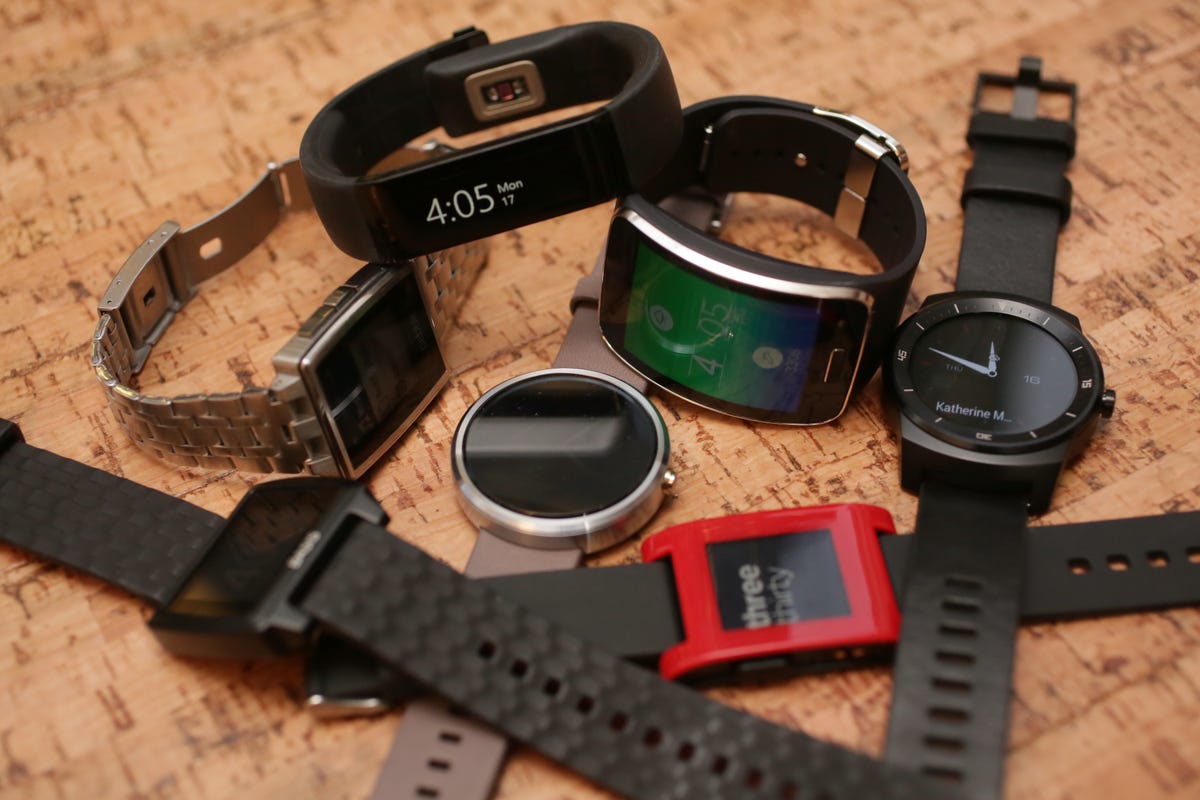
Sarah Tew/CNET
Fitness trackers have taken the tech scene by storm. These smart pedometers communicate with your smartphone and track the number of steps you take, distance you travel, calories you burn and your sleep at night. But picking the best fitness tracker for you isn’t enough. Whether you’re an experienced wearable veteran or a newcomer, make sure you aren’t making any of these mistakes:
You never entered your personal information
You will be asked to create an account and provide some basic personal information, such as your height, weight, age and sex, the first time you sync your fitness tracker with your phone. It’s imperative that you fill out this section. This information is used to more accurately estimate the steps you take, the distance you travel and the calories you burn.
You never specified which wrist it’s on
Whether it’s in the initial app setup or buried in the settings menu, almost every tracker will ask which wrist you will be wearing the device on. If you are wearing it on your right wrist, make sure it’s set for the right and not the left, and vice versa. Some trackers even have the option to mark whether you will be wearing the device on your dominant hand. You tend to move your dominant hand more than the other, which is why this option will decrease the sensitivity of the tracker.
You haven’t set realistic goals
Most trackers come out of the box wanting you to immediately start walking 10,000 steps a day. For a lot of people this isn’t a realistic option. Some trackers, such as the Basis Peak and Garmin Vivofit and Vivosmart , tailor daily goals to your specific needs. While this isn’t the case for most trackers, you can usually set your own goals in the mobile app. Be sure to start low, maybe something around 5,000 or 6,000 steps a day. Once the goal has been met, increase it and attempt to walk even longer than your previous best.
You forgot to turn off sleep mode
One of the coolest things about these fitness trackers is they’re capable of tracking your sleep at night. Depending on the device, you may have push or hold a button to activate sleep mode. When I first started wearing a fitness tracker I would sometimes leave sleep mode running all day.
To receive a more accurate recording of your sleep, it’s important to enable sleep mode as soon as you are ready to fall asleep and disable it immediately after you wake up. Make sure it’s not enabled while you browse Facebook or read a book in bed. This problem doesn’t pertain to you if you own a device that can automatically track sleep.
You never calibrated it
Does the distance reading on your tracker seem inaccurate? You likely forgot to calibrate it. While companies such as Jawbone and Fitbit suggest that this is an optional process, it could fix any accuracy problems you are having. Not every fitness tracker can be calibrated, but if yours supports it you will likely find the option in the settings menu on the mobile app. To learn how to calibrate your Jawbone tracker click here. For your Fitbit tracker you can find out here.
Now that you’ve fixed these common mistakes, it’s time to set your fitness goals.



